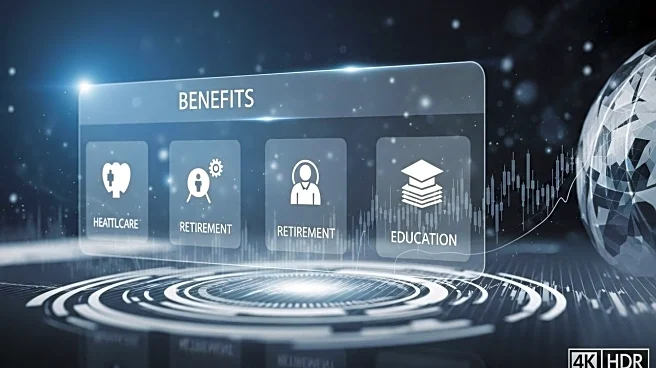What's Happening?
The distribution model for workplace benefits is undergoing transformation due to market forces and technological advancements. Brokers remain the dominant channel, but carriers are revising their relationships as new players enter the ecosystem. Employers face challenges in balancing comprehensive benefits offerings with cost pressures, prioritizing benefits valued by today's workforce.
Why It's Important?
The evolving distribution model impacts how workplace benefits are delivered and perceived by employees. As new players and technologies reshape the landscape, carriers and brokers must adapt to meet changing customer needs. Employers must navigate economic pressures while offering competitive benefits to attract and retain talent.
What's Next?
Carriers and brokers are expected to align their service and delivery priorities to enhance workplace benefits distribution. Employers may need to reassess their benefits strategies to ensure they meet workforce expectations in a cost-effective manner. The integration of digital tools and new players will continue to influence the industry.
Beyond the Headlines
The transformation of workplace benefits distribution highlights the broader impact of digital transformation on business models. As companies adapt to new technologies and market dynamics, they must also consider the ethical implications of benefits offerings and ensure they align with employee values and expectations.










